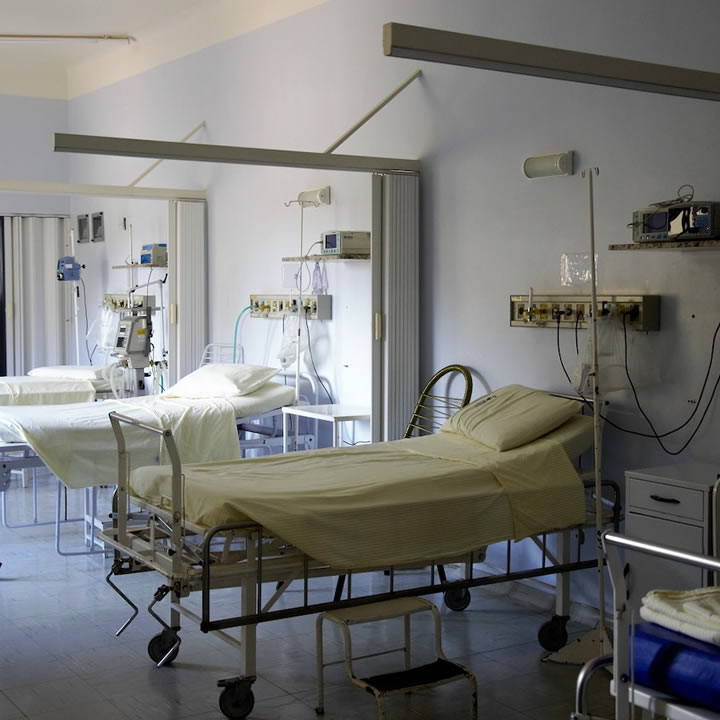Patients and healthcare providers have had to adapt to the changing landscape of healthcare over the last few years.
One of the most prominent changes is the introduction of remote patient monitoring (RPM), a method of assessing patients’ health data outside of a traditional clinic or hospital setting.
RPM has the potential to revolutionize patient care, allowing for quicker response times and improved communication between healthcare providers and their patients.
Let’s explore how RPM healthcare works, the benefits it offers, and how it can be used to improve patient care.
Remote Patient Monitoring – what is it?
Remote Patient Monitoring (RPM) is a method of healthcare delivery that uses technology to monitor a patient’s health status and vital signs remotely. It allows healthcare providers to access a patient’s medical data from a remote location.
This method enables clinicians to better monitor their patient’s health and provide timely interventions when needed. The data collected can include blood pressure, heart rate, blood glucose levels, weight, sleep patterns, and more.
RPM healthcare can be used to leverage mental health, chronic illness, post-surgery care, and more.
How does it work?
RPM healthcare typically involves a combination of medical devices, software platforms, and communication channels.
The medical devices used can be either wearable or non-wearable. The software platform collects and stores the data from the devices, allowing clinicians to monitor their patient’s health from a distance.
Clinicians can also use communication channels to contact their patients and provide advice or treatment.
Top benefits of RPM healthcare solutions
When it comes to using RPM healthcare solutions, they offer various benefits such as:
- Improved patient care – RPM healthcare enables clinicians to monitor their patient’s health more closely and react in the event of a medical emergency. This improved level of care can help patients manage their health more effectively and reduce their risk of serious health complications.
- Better communication – thanks to modern solutions, healthcare organizations can benefit from more frequent and efficient communication between patients and healthcare providers, which makes it easier to maintain better relationships with patients.
- Cost savings – RPM healthcare can reduce healthcare costs by reducing the need for office visits and expensive tests. This can save both patients and providers money.
- Increased safety – by allowing clinicians to monitor their patient’s health more closely, RPM healthcare can help reduce the risk of medical errors and ensure that patients receive the correct care and treatment.
How can remote patient monitoring improve the quality of care?
The takeaway: Remote patient monitoring (RPM) can help improve the quality of care by providing healthcare providers with more comprehensive insights into patients’ health.
RPM healthcare solutions can be used to collect and analyze data on a patient’s vital signs such as heart rate, blood pressure, and more.
This data can then be used to detect changes that may indicate an underlying medical condition or even an impending medical emergency. By monitoring a patient’s health more closely, healthcare providers can react in advance, ensuring that the patient receives the care that they need in time.

